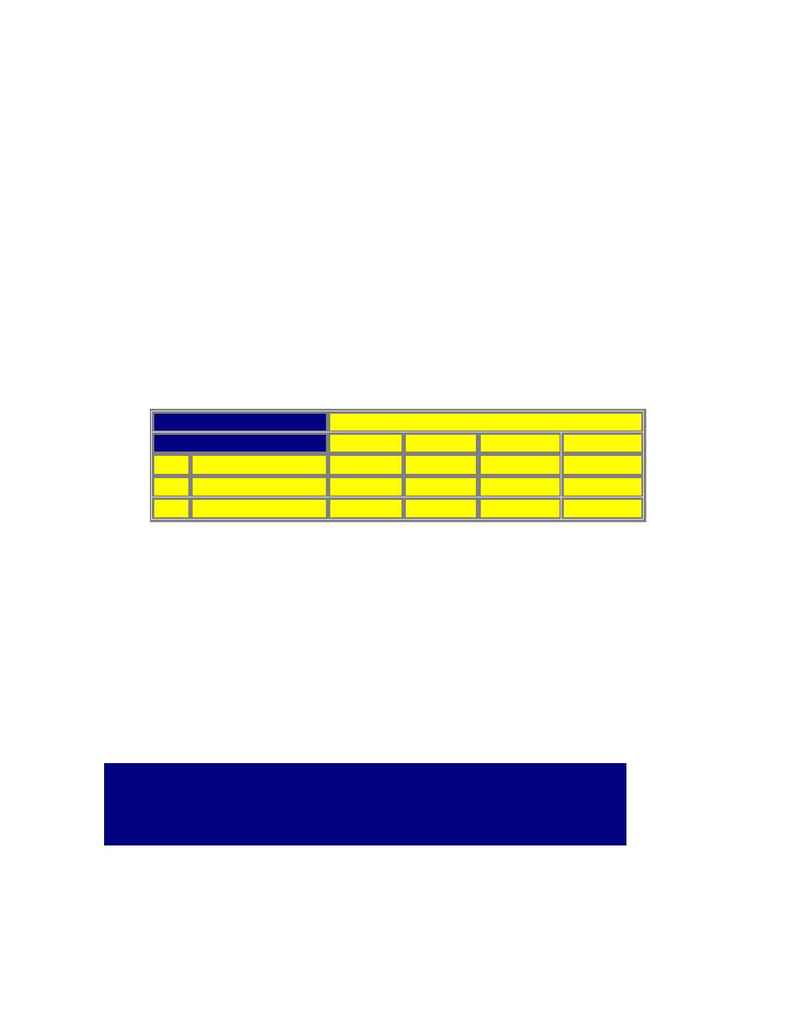
to an application. Applications with very low indexes receive little attention.
The schools reason that unless there is something obvious and
compelling in the application to offset the low numbers, then the applicant
should be rejected. Applications with very high indexes also receive little
attention. The reasoning is that unless there is something obvious and
compelling in the application to reject it, it should be accepted. On this
theory, the applications with indexes in the middle receive the greatest
attention. These are applications from candidates who are at least
competitive for the school but who do not command an automatic
acceptance. It is in this pool that competition is the most severe.
Here is a table that illustrates what happens at most schools:
CyberPrep U.
GMAT (Percentile Rankings)
Admissions Chances
61 70
71 80
81 90
90+
G
3.75 and above
2/19
49/101
102/116
72/79
P
3.50 3.74
6/112
75/275
301/361
120/129
A
Below 3.50
10/160
90/601
375/666
201/250
(Number to the right of the slash shows the number of
applicants. Number to the left of the slash shows the
number of applicants accepted.)
The categories in the table show what this school did with applications
with certain GMAT scores (shown in percentile terms) and grade point
averages. In the category in the upper right hand corner are candidates
with scores above the 90
th
percentile and GPAs above 3.75. The table
shows that 72 of the 79 were accepted and seven rejected.
As you prepare your applications, you are, of course, saddled with your
GPA and your GMAT score. There is nothing you can do to change those
Why would a business school reject an applicant with higher numbers for
one with lower numbers? Because of the unquantifiable factors such as
motivation, commitment, leadership, experience, and so on.
